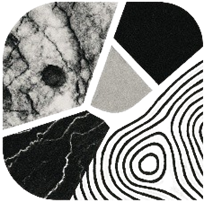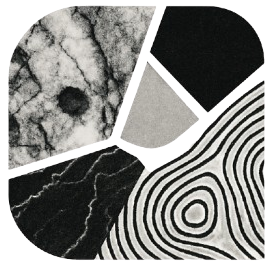Rosa Aurora: lighter, cream-pink base with soft clouds and finer veining. Easiest to tone-match across big areas; looks calm and “powdery” in honed/satin.
Rosa Portugal: noticeably pinker with stronger, warmer veins (caramel→ochre). Reads bolder on feature walls and countertops; looks deepest in polished.
Both are classic Estremoz marbles (Alentejo triangle: Borba — Vila Viçosa — Estremoz). For a guaranteed match, always pick slabs side-by-side and dry-lay key pieces.
Rosa Portugal: noticeably pinker with stronger, warmer veins (caramel→ochre). Reads bolder on feature walls and countertops; looks deepest in polished.
Both are classic Estremoz marbles (Alentejo triangle: Borba — Vila Viçosa — Estremoz). For a guaranteed match, always pick slabs side-by-side and dry-lay key pieces.
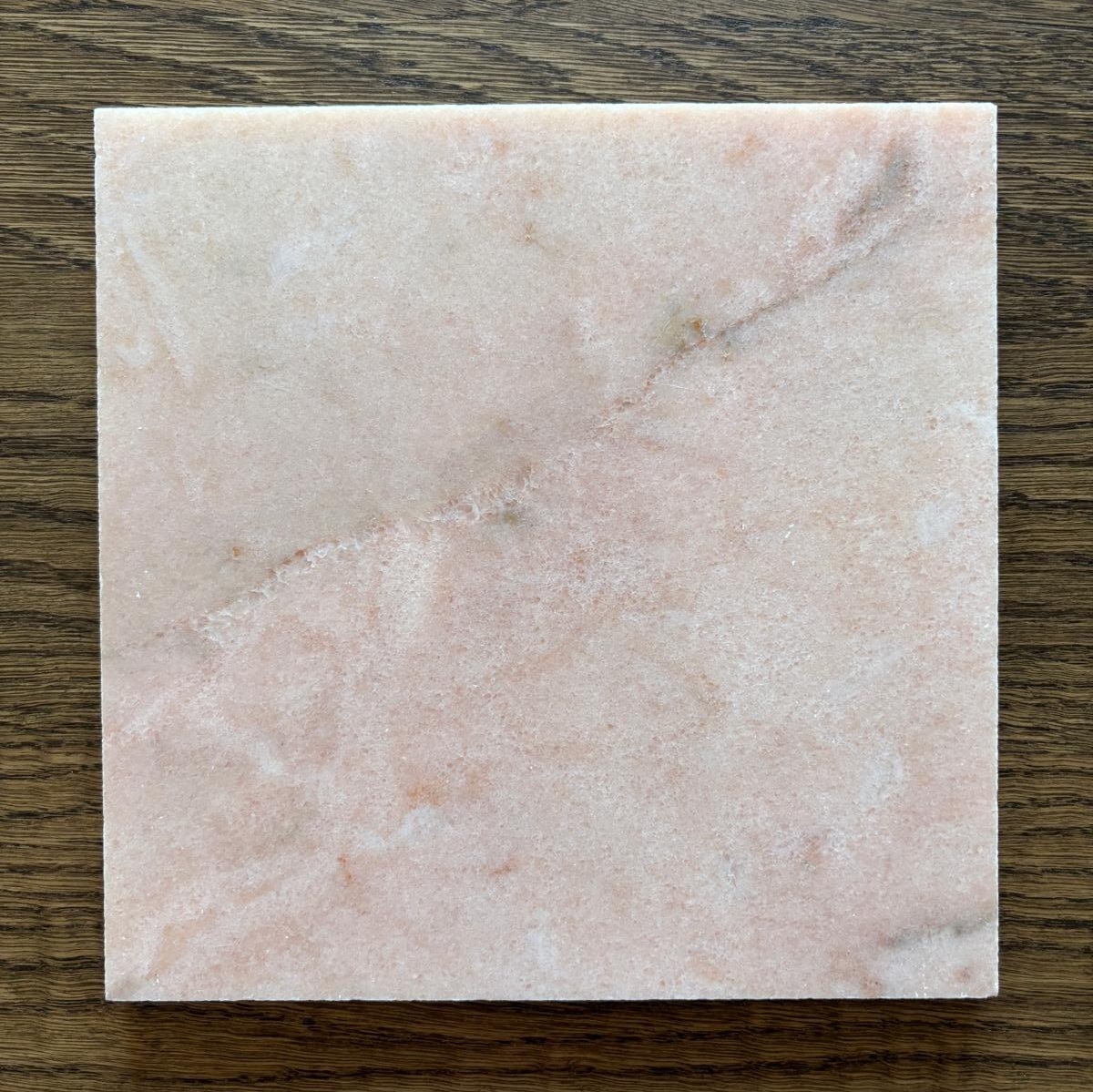
Origin & family: Estremoz pink marbles
Portuguese “pink” sits in the wider Estremoz family. Blocks travel only a short haul to factories, which helps price stability and finish quality. If you’re new to Estremoz marbles, read our primer: Estremoz Marble — colors, uses, price factors
Color, veining, pattern — what you’ll actually see on slabs
Base tone
Veins & movement
Batch variability
Expect visible differences between quarries and benches. Never buy from a single photo — request two slabs side-by-side under neutral light and, if possible, a quick video.
Portuguese “pink” sits in the wider Estremoz family. Blocks travel only a short haul to factories, which helps price stability and finish quality. If you’re new to Estremoz marbles, read our primer: Estremoz Marble — colors, uses, price factors
Color, veining, pattern — what you’ll actually see on slabs
Base tone
- Rosa Aurora: cream-pink / powder pink base, low to medium contrast.
- Rosa Portugal: salmon-pink to ash-pink base, medium contrast.
Veins & movement
- Rosa Aurora: clouding, delicate meshes, subtle transitions.
- Rosa Portugal: stronger, warmer veins, occasional “feather” effects — great for bookmatch.
Batch variability
Expect visible differences between quarries and benches. Never buy from a single photo — request two slabs side-by-side under neutral light and, if possible, a quick video.
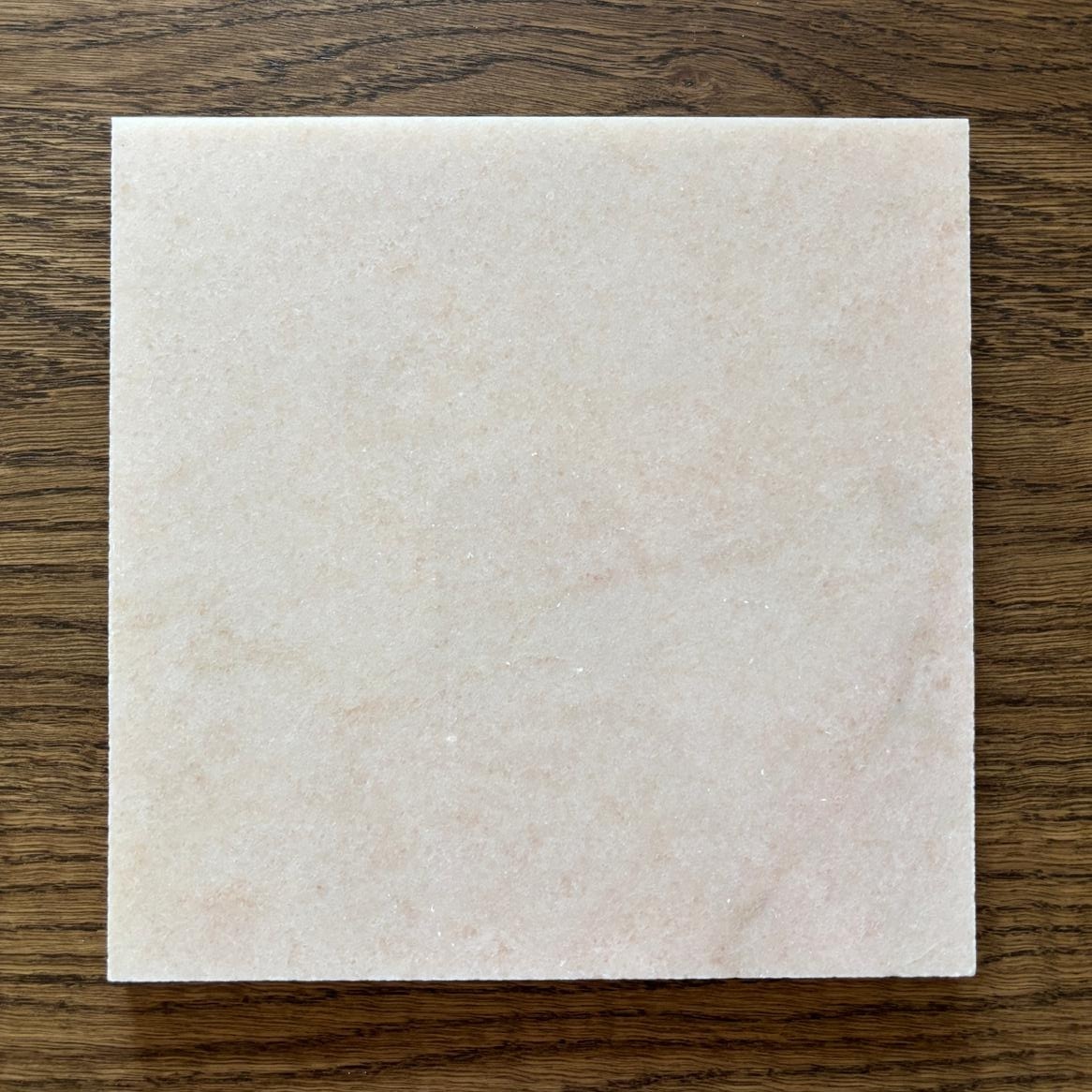
Finishes change the perceived “pink”
Where each works best (real-world uses)
Kitchens / countertops
Bathrooms
Floors
Feature walls & bookmatch
- Polished: maximum depth and pink saturation; veins pop; best for feature walls & vanity tops.
- Honed: calmer, powdery look; fingerprints and micro-scratches less visible — a smart choice for kitchens.
- Satin / leathered: tactile and forgiving; nice for panels and dining tables.
Where each works best (real-world uses)
Kitchens / countertops
- Go honed/satin for day-to-day practicality.
- Rosa Aurora blends with light cabinets; Rosa Portugal gives a signature pink accent.
- Seal on schedule; use trivets; wipe acids quickly.
Bathrooms
- Both perform well with proper substrate waterproofing and epoxy grout in wet zones.
- Aurora’s gentle tone feels spa-like on large walls; Portugal creates a standout vanity splash.
Floors
- Popular formats: 600×600×20 mm and 600×1200×20 mm.
- Portugal reads more lively; Aurora yields uniform fields in open plans.
Feature walls & bookmatch
- Both bookmatch beautifully; Portugal’s stronger veins deliver the “wings” effect.
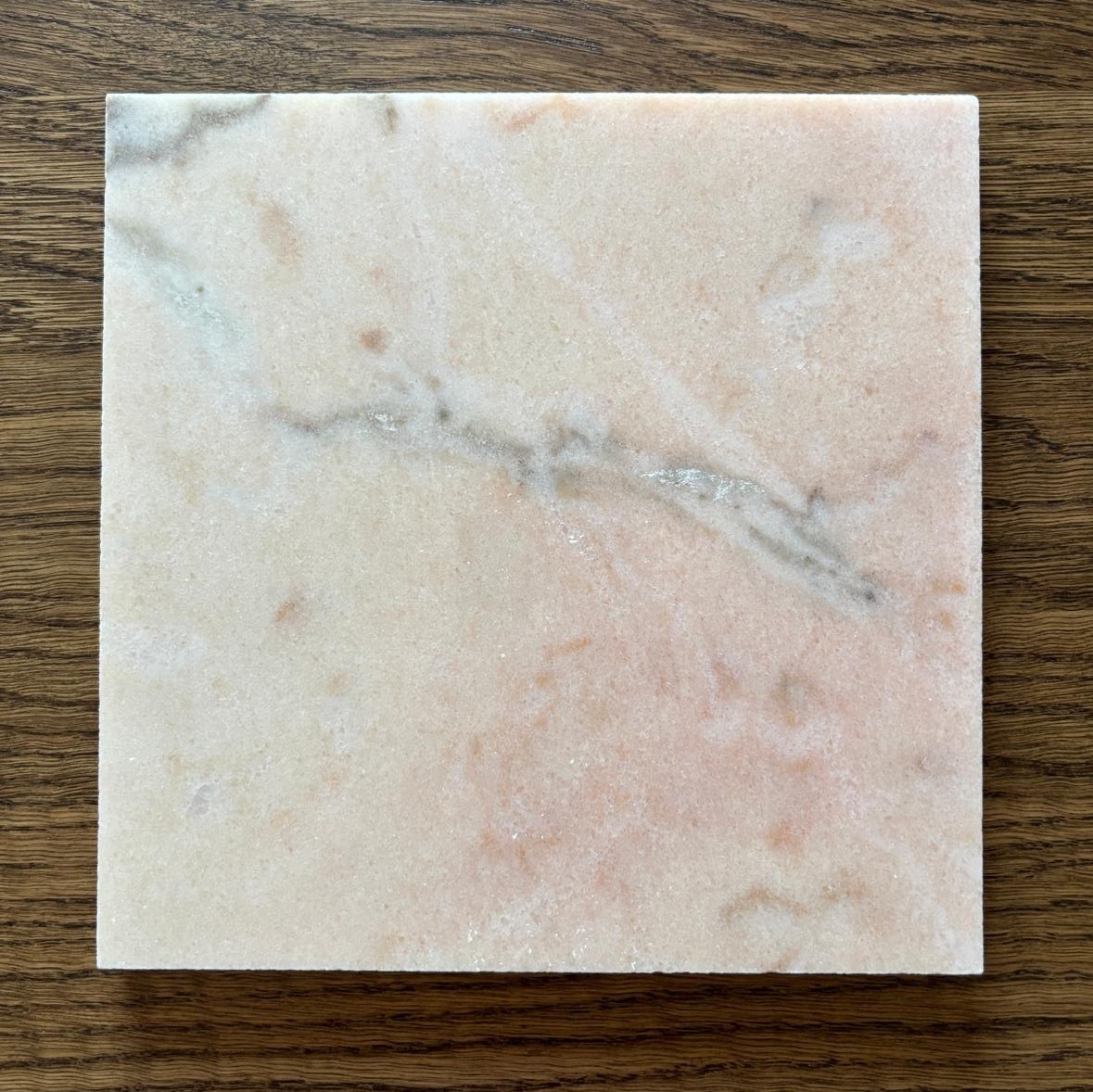
Thickness, slab sizes, and weight
- Slabs: typically 2 cm and 3 cm. Common raw sizes run 2.7–3.1 m × 1.6–2.0 m (varies by lot).
- Weight (rule of thumb): ≈54 kg/m² (2 cm), ≈81 kg/m² (3 cm).
- Tiles: 20 mm calibrated for floors/walls.
- Edge profiles: eased with micro-chamfer; for “thick” aesthetics, do a mitred apron on 2 cm.
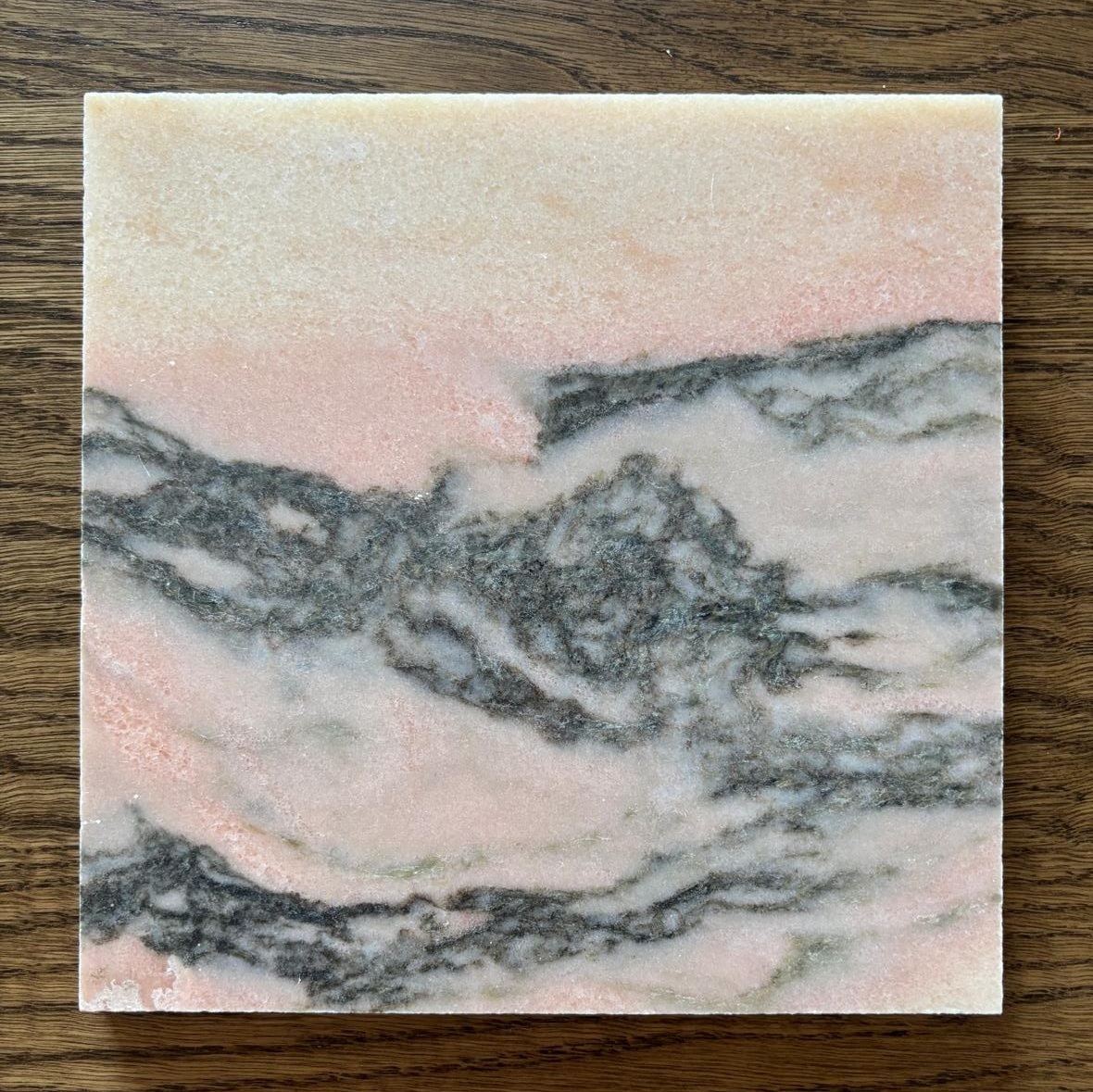
Price & availability — what drives cost
- Sorting/grade (A/B/C) and color uniformity.
- Thickness and finish (high-gloss polish usually costs more to process).
- Batch consistency (easier tone matching = better yield on big jobs).
- Logistics (low quarry-to-factory haul helps Estremoz pricing).
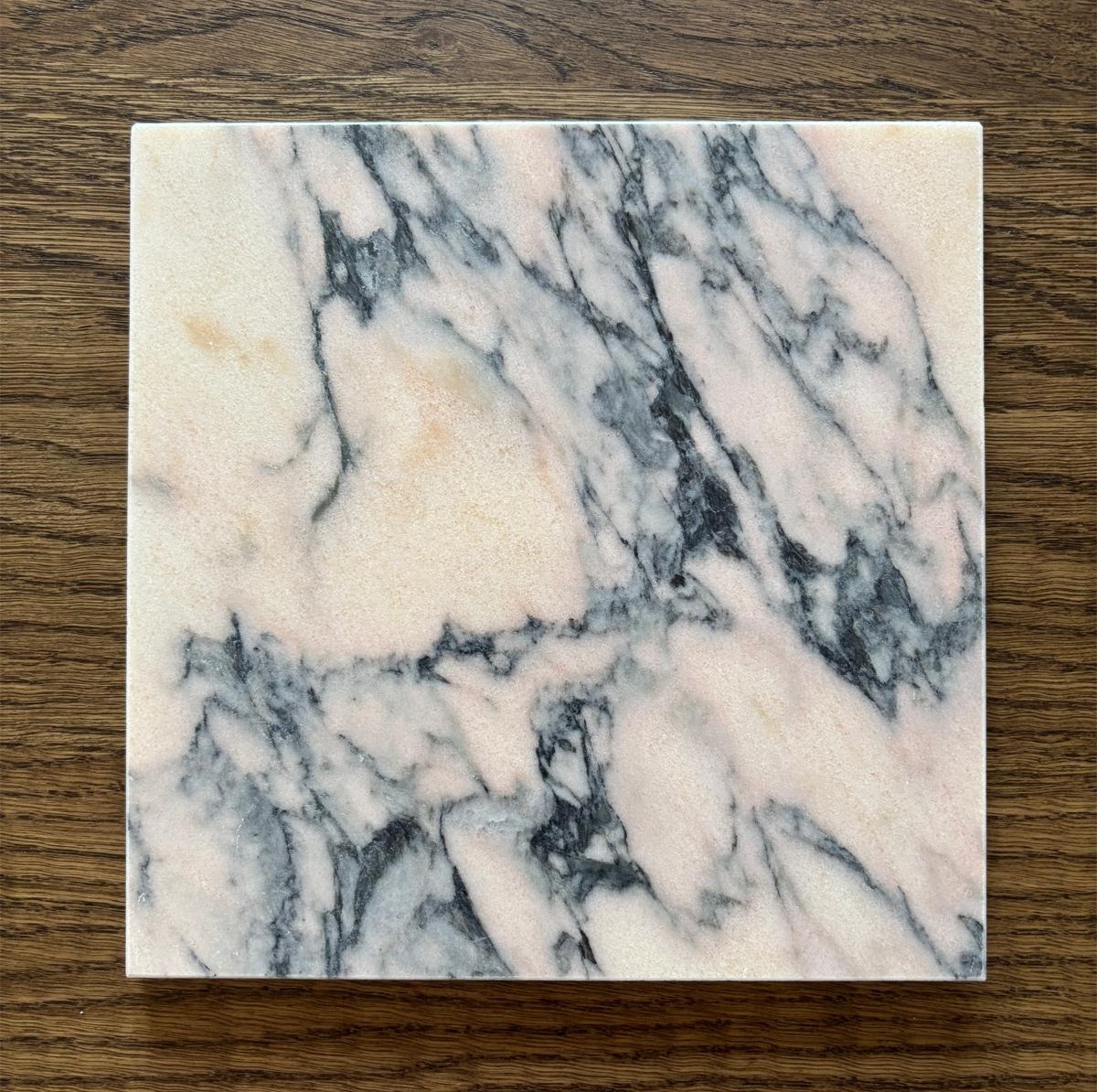
How to select: a buyer’s checklist
- Request two slabs next to each other (neutral daylight if possible).
- Choose finish before cutting (polished vs honed/satin affects perceived tone).
- Dry-lay: map visible areas (island, splash, feature panel) to catch/align veins.
- Confirm sealer type and re-seal cadence (kitchen vs bathroom).
- Export packaging: rigid wooden crates, edge guards, interlayers; ask for photos pre-dispatch.
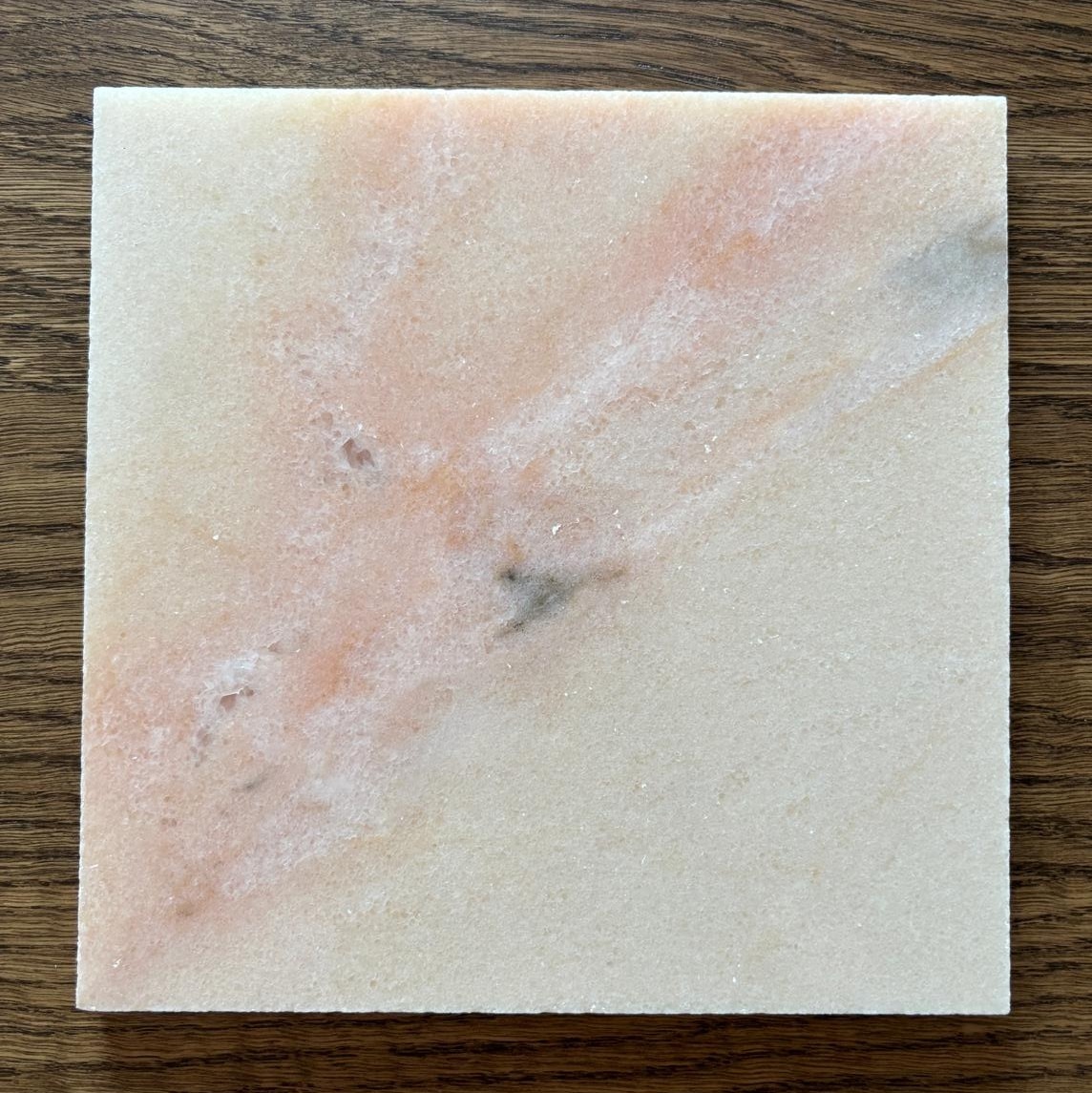
Which one should you pick?
- Want a soft, creamy pink field with easy color matching? → Rosa Aurora.
- Want a recognizably pink hero surface with expressive veining? → Rosa Portugal.
- Mixed project (floors + accents)? Use Aurora for large areas, Portugal for feature elements.
